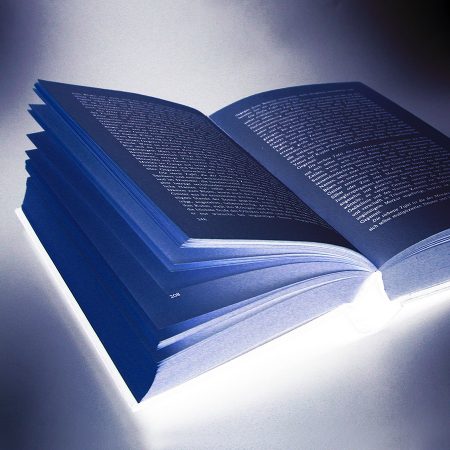Not more accidents at the full moon!

Especially, because many people report that they are a bit
»out of it« at the full moon, it seems natural to think that more accidents could happen during this time. There are several studies [*], which have carefully examined both, the full moon and also other moon phases with the continuous identical result: no recognisable correlation between the moon events and accidents.
But then you stumble across a study by the psychologist Arno P. Müller [**], who investigated an impressive number of 8 million traffic accidents in Germany between 1964 and 1986 and their connection to the lunar phases. Now that’s some study, because the statistical evaluation showed suddenly a correlation between the amount of accidents and the moon events, with decreasing (!) numbers at the full moon and an increase at the new moon. This result has been described as »statistically highly significant«.
On closer inspection, this demonstrated an interesting phenomenon. The waxing and waning is not directly linked to the Moon, but to a series of floating holidays that are defined by the date of Easter and are hence connected to the full moon, and consequently interrelate with the lunar phases: carnival [***], Easter, Ascension Day, Pentecost, Corpus Christi. Vacation and holidays are often around these days, which change the volume of traffic and therefore the amount of accidents. When the scientist investigated afterwards the number of accidents without the holidays, no correlation with the lunar phases was provable.

We can summarise that at least in Germany, there appear to be less accidents at the full moon and more accidents at the new moon, but that this is not caused by the Moon, but by the fact that people use the moon to determine their holidays. Therefore, there is an indirect connection between the lunar phases and the volume of traffic and hence the number of accidents.
Drive carefully – whether with or without moonlight!

[*] As an example, a study about 246,926 accidents in Saskatchewan, Canada between 1984 and 1989 with the result of no correlation to moon events:
Laverty WH, Kelly IW.
Percept Mot Skills. 1998 Feb;86(1):299-302.
www.ncbi.nlm.nih.gov/pubmed/9530753
[**] Arno P. Müller
Vollmond und Verkehrsunfälle: der Ostertermin sorgt für Artefakte
Zeitschrift für Anomalistik, Volume 2 (2002), No. 3
www.anomalistik.de
[***] Carnival, for instance, is approx. 1.5 lunar cycles before Easter and therefore often at the new moon, just like in this year 2012 when the new moon fell onto Shrove Tuesday. The probability of traffic accidents is here »high-proof«.
